Boylested says that during the positive voltage half cycle diode D2 is cut off.
But why can't there exist a current flowing through the outer loop via C1, the secondary of transformer coil, C2, and D2 in the positive cycle when the input voltage begins to decrease and the capacitor voltage is greater than the transformer voltage?
